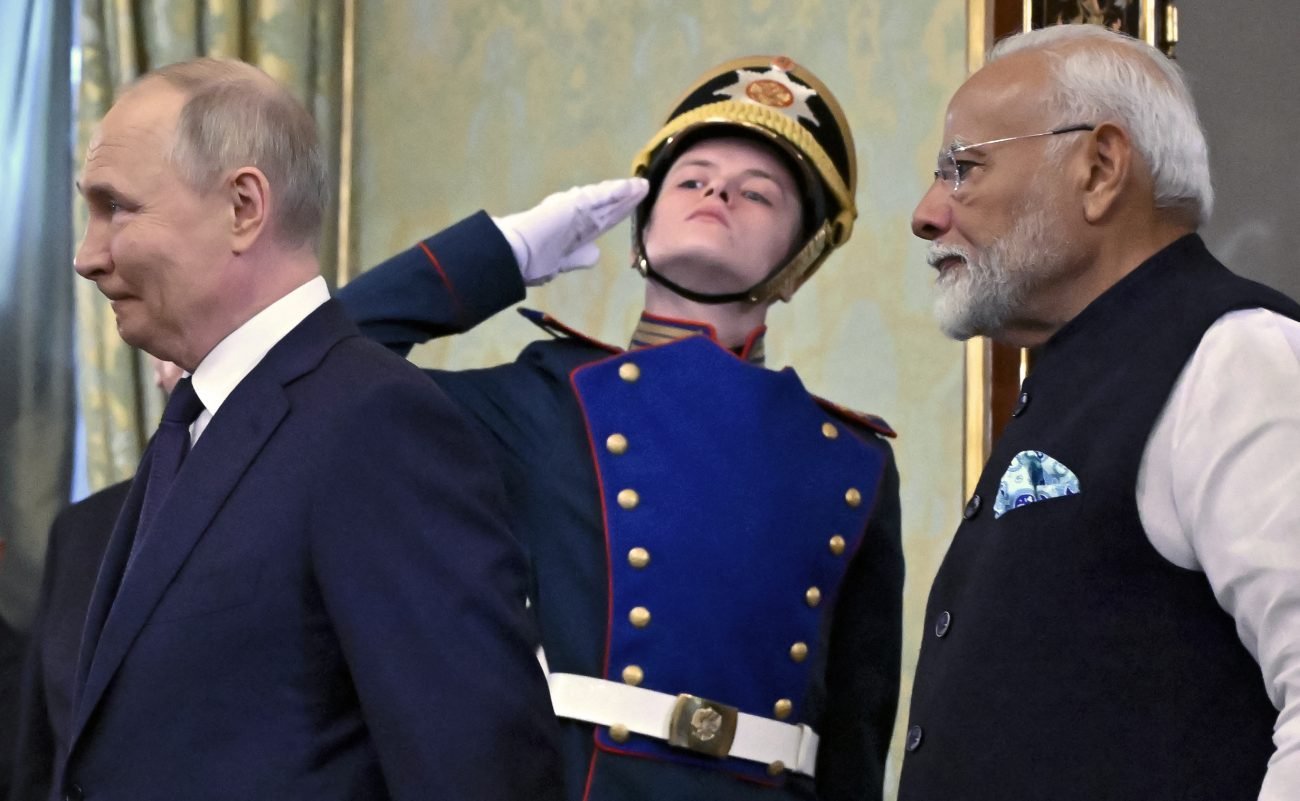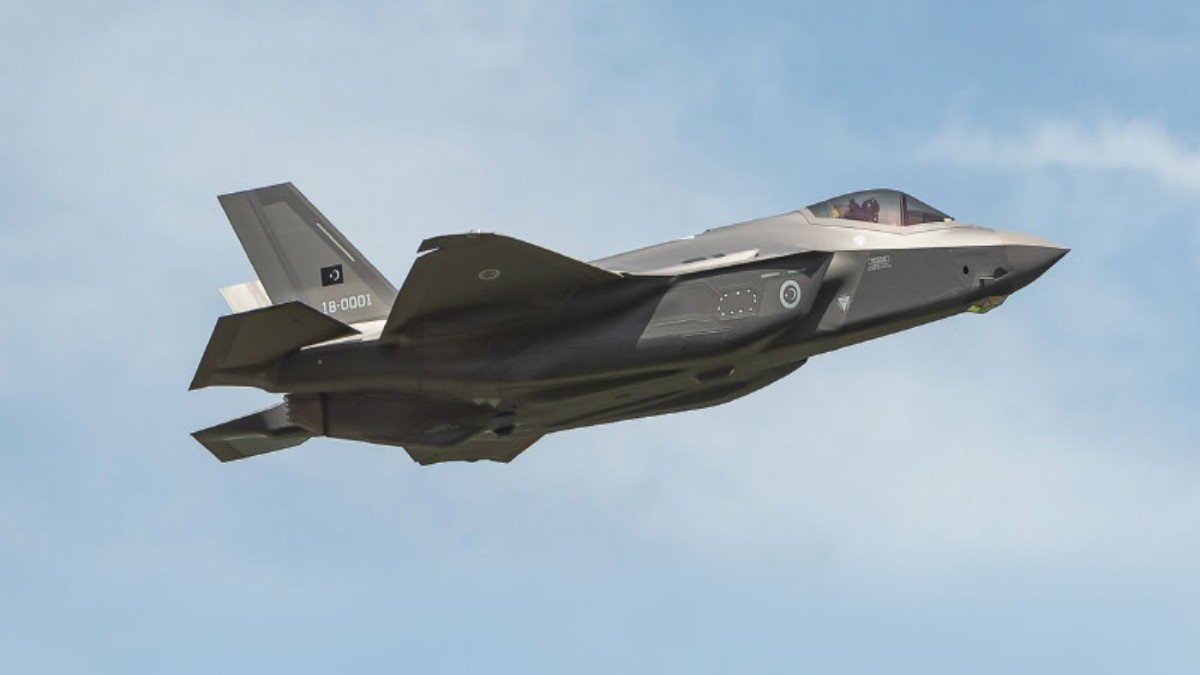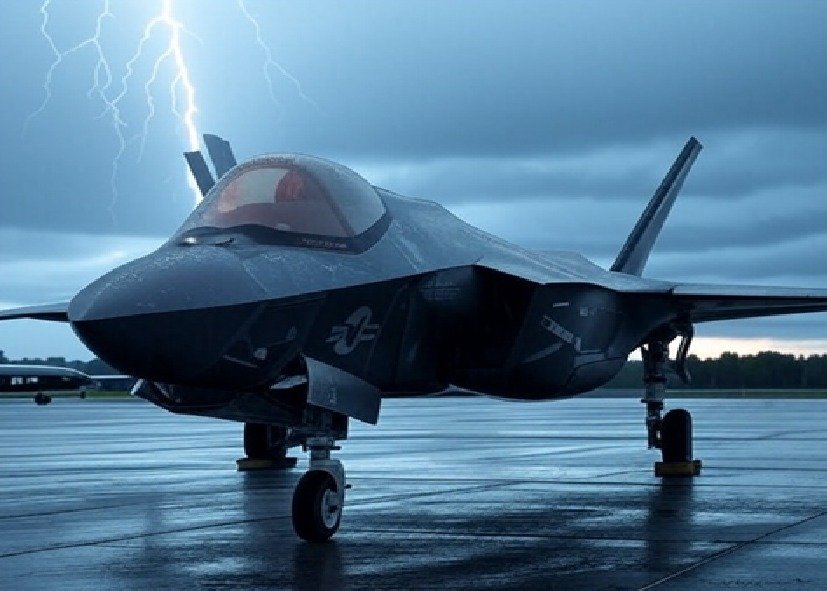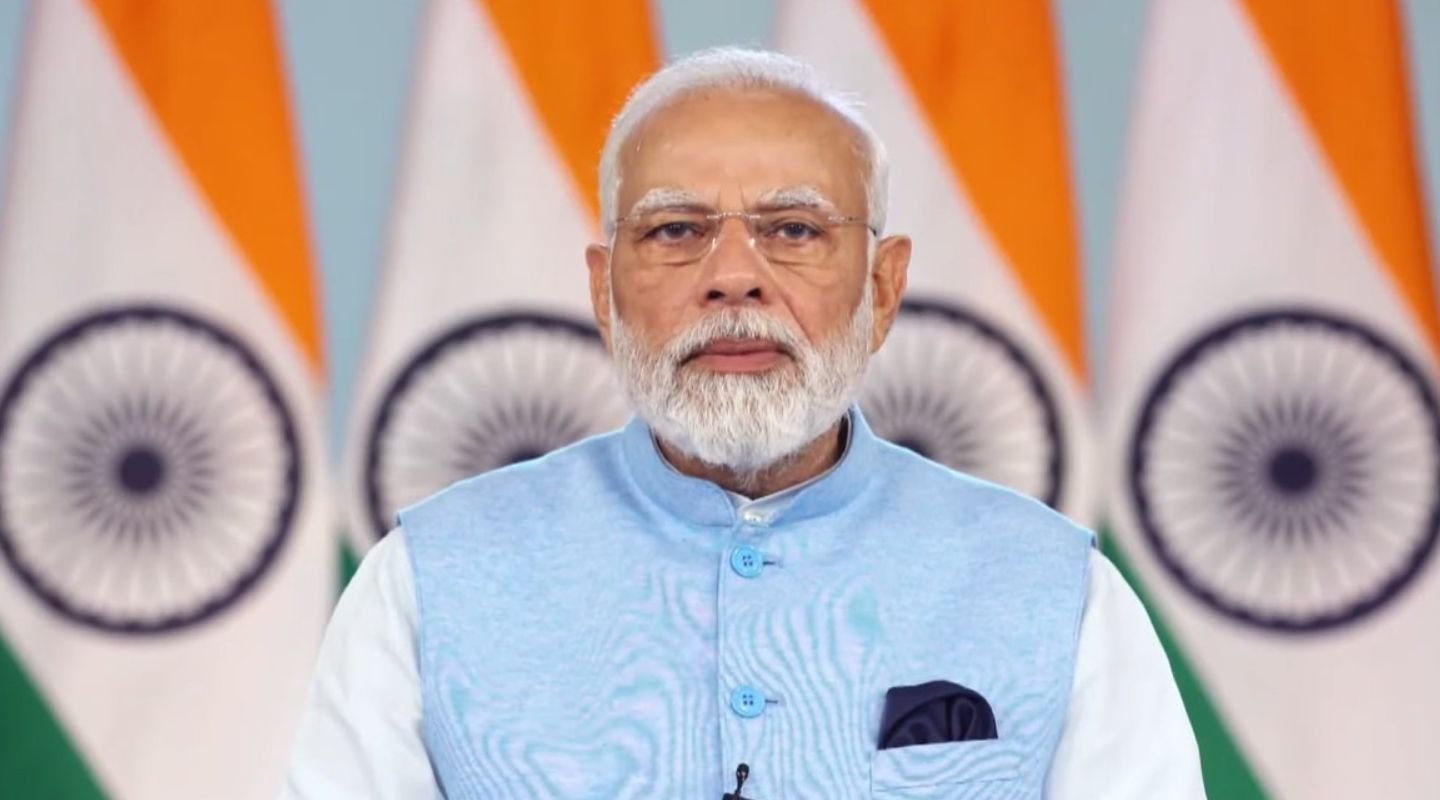Indian Defense Minister Rajnath Singh met his Russian counterpart, Andrey Belousov, on the sidelines of the Shanghai Cooperation Organisation (SCO) Defence Ministers’ Meeting, held in Qingdao, China, on June 26, 2025.
Significantly, the official press release described the meeting as “one of the most important recent meetings between the leaders of the two nations,” citing the context of Operation Sindoor and the emerging need to bolster defence production—particularly in critical domains such as air defence, air-to-air missiles, modern capabilities, and upgrades of air platforms.
The language of the release, unusually candid for such official communications, strongly suggests that India is seeking enhanced Russian technical cooperation, particularly for the local production of air-to-air missiles and upgrades to Russian-origin aerial platforms.
Russian sources, including media and defence industry representatives, have in the past indicated Moscow’s willingness to assist India in indigenously manufacturing air-to-air missile systems and modernising the Su-30MKI fighter fleet.
The tone and specificity of the recent press release mark a clear and public acknowledgement of India’s interest in these areas, possibly signalling a shift toward accelerated collaboration.
Local Production of Air-To-Air Missiles
At Aero India 2025, Russia formally proposed the sale of its long-range R-37M air-to-air missile, exported as the RVV-BD, to India, along with an offer to undertake local production under the “Make in India” initiative.
Earlier, in March, Russian state arms exporter Rosoboronexport (ROE) confirmed that Russia and India are engaged in discussions on the joint development and production of modern guided aircraft missiles.
The two sides are also exploring the possibility of co-producing such systems in India with the added goal of exporting to friendly third countries.
Notably, ROE highlighted that joint development and manufacturing is now being prioritized not just to deepen strategic ties, but also to free up capacity within Russia’s defence-industrial complex for more efficient execution of domestic state defence orders.
ROE further noted a broader global shift in defence industry trends: technological cooperation is now outpacing traditional arms exports. India and Russia, it said, were among the early pioneers of this model, and Russia’s largest technological cooperation programme has been with India.
According to ROE projections, technology transfer and co-development agreements are expected to constitute 40% of the global military market by 2030—doubling the current share—reflecting a significant shift in how nations approach strategic defense partnerships.
Upgrade Of Su-30 MKI
In addition to missile cooperation, Rosoboronexport (ROE) has reiterated Russia’s readiness to assist in upgrading the Indian Air Force’s Su-30MKI fleet.
In a March 2025 statement, ROE confirmed that Russia is prepared to implement a comprehensive modernization program in collaboration with Indian defence enterprises, in line with the ‘Make in India’ and Atmanirbhar Bharat initiatives.
According to ROE, the combat potential of the Su-30MKI—a frontline multirole fighter in the IAF inventory—can be significantly enhanced by integrating new-generation air-to-air weapons and modernizing onboard avionics and mission systems.
The proposed upgrades are likely to include improvements in radar, electronic warfare capabilities, and cockpit interfaces, aligning the Su-30MKI with contemporary battlefield requirements.
Initial Upgrade Trajectory
The spiral upgrade of the Indian Air Force’s Su-30MKI fighters has been underway for over a decade, with key milestones including the successful integration of the BrahMos supersonic cruise missile and Astra air-to-air missiles—two standout examples of indigenous capability enhancement.
In 2022, the IAF outlined plans for a more comprehensive block upgrade. In October 2022, The Times of India quoted IAF Chief Air Chief Marshal V.R. Chaudhari as saying, “We have decided this upgrade will be done indigenously with a plethora of indigenously-designed weapons, electronic warfare systems and the like.”
By October 2023, reports in The Economic Times indicated that the proposed upgrade would touch every aspect of the fighter, except its airframe and engines.
The modernization program is to be led by Hindustan Aeronautics Limited (HAL) in close partnership with the Indian Air Force and other domestic stakeholders. Notably, the entire upgrade effort will be executed within India, in line with the government’s Atmanirbhar Bharat (Self-Reliant India) vision.
On November 30, 2023, the Defence Acquisition Council (DAC) formally approved the block upgrade program. The project is expected to unfold in two phases: the first phase focuses on installing advanced avionics and radar systems, and the second phase enhances the aircraft’s flight control systems.
Among the most significant upgrades is the integration of the indigenously developed Virupaksha AESA radar, which will substantially improve detection, tracking, and engagement capabilities.
Additionally, the Su-30MKIs will be fitted with a new indigenous Infrared Search and Track (IRST) system, enhancing both air-to-air and air-to-ground targeting. The upgrade will also introduce a new electronic warfare suite designed to detect, jam, and neutralize enemy threats, significantly boosting survivability in contested airspace.
Together, these upgrades will not only extend the operational life of the Su-30MKI fleet but also transform it into a more lethal, survivable, and networked combat platform for the future battlespace.
Acknowledging The Need For Russian Assistance
The PIB press release not only underscores the necessity of upgrading India’s aerial platforms but explicitly states: “Supply of S-400 systems, Su-30MKI upgrades, and procurement of critical military hardware in expeditious timeframes were some of the key takeaways of the meeting.”

The language used strongly suggests that the urgency to modernize the Su-30MKI fleet, brought into sharp focus during Operation Sindoor, has led to a shift in India’s approach, with faster timelines and a greater emphasis on Russian cooperation.
One critical lesson from Operation Sindoor was the emerging requirement for long-range air-to-air missiles such as the RVV-BD (R-37M).
The surprise operational deployment of the Chinese PL-15 missile by the Pakistan Air Force (PAF) highlighted a significant capability gap. However, integrating the RVV-BD onto the Su-30MKI platform would necessitate sensor upgrades, specifically the installation of radar and targeting systems capable of cueing targets at ranges exceeding 300 km, far beyond the capabilities of the Su-30MKI’s current systems.
This reinforces the case for comprehensive electronic and sensor modernization as part of the ongoing Su-30MKI upgrade program, ensuring the platform remains relevant and competitive in future high-threat air combat environments.
Virupaksha Radar
While the Virupaksha AESA radar proposed for the upgraded Su-30MKI offers impressive capabilities, its development, integration, and validation are likely to be a multi-year process.
Development work is already underway on Virupaksha, a next-generation Active Electronically Scanned Array (AESA) radar specifically tailored for the Su-30MKI upgrade program.
The radar reportedly features around 2,400 Gallium Nitride (GaN)-based transmit/receive modules, offering a detection range of up to 600 km for a 1 m² target, robust multi-target tracking, and enhanced resistance to electronic countermeasures (ECM).
Importantly, it is being developed as a plug-and-play system compatible with the Su-30MKI’s existing avionics architecture.
However, integrating such a sophisticated sensor onto a legacy platform like the Su-30MKI—without support from the original equipment manufacturer (OEM)—is a daunting challenge.

Despite the system’s modularity, radar integration is a complex and delicate task, involving seamless interfacing with flight control, navigation, and weapons management systems.
As the primary onboard sensor, the radar must operate flawlessly under real-time combat conditions, making integration and testing both technically demanding and time-consuming.
Globally, OEMs are typically reluctant to assist in integrating third-party systems. This reluctance is not due to unwillingness alone but stems from the fact that software represents 20–40% of a fighter’s total development cost.
As a result, OEMs zealously protect their proprietary software architectures.
For example, there have been credible reports suggesting Dassault’s hesitancy to share source code that would enable India to integrate a non-Thales radar into the Rafale. This is standard practice across the global defence industry, where software export restrictions are often embedded in commercial and sovereign licensing frameworks.
In this context, Russian technical collaboration becomes critical. Russian support could not only accelerate integration of the Virupaksha radar but also enable interim upgrades, such as integrating the RVV-BD (R-37M) long-range missile onto existing Su-30MKIs equipped with the N011M Bars radar.
Moreover, a broader upgrade could involve network-enabling the Su-30MKI, allowing its weapons management system to receive targeting cues from ground-based S-400 systems and airborne AEW&CS platforms.
This would provide a viable workaround to onboard sensor limitations and dramatically extend the fighter’s engagement envelope.
Conclusion
Collaborating with Russia for the local manufacture of RVV-BD missiles and the integration of the Virupaksha AESA radar, along with other critical sensors, would represent strategic foresight for India.
Given current development trajectories, it is highly likely that the Uttam–Virupaksha family of AESA radars will become the standard sensor suite for future Indian-developed fighter platforms, including the LCA Mk.2 and Advanced Medium Combat Aircraft (AMCA).
Ensuring seamless integration of the RVV-BD with the Virupaksha radar would establish a common long-range air-to-air missile capability across a wide spectrum of IAF platforms.
Such interoperability would enhance fleet-wide flexibility, simplify logistics and training, and enable the IAF to deploy a unified long-range engagement doctrine across both legacy and next-generation aircraft.
It would also open the door to future variants and successors of the RVV-BD being adopted as standard IAF armament, further strengthening India’s air dominance capabilities.
- Vijainder K Thakur is a retired IAF Jaguar pilot, author, software architect, entrepreneur, and military analyst.
- VIEWS PERSONAL OF THE AUTHOR
- Follow the author @vkthakur






